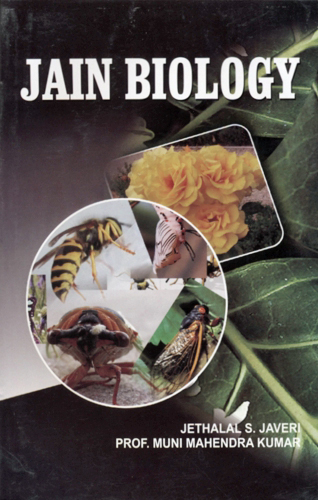In humans, the situation regarding six-determination is similar to that in Drosophila. The difference in male and female is due to the difference in their sex chromosomes. Both the female and male diploid cells contain 22 pairs of autosomes. In addition to 22 pairs of autosomes the male cells have X and Y sex-chromosomes while the female cells have XX sex chromosomes.
During gametogenesis the female diploid cell produces garnets of only one type. Each female garnet contains 22 autosomes and a single X-chromosome. However in males the X and Y chromosomes migrate to the two opposite poles during meiosis resulting in the production of two types of garnets. One type containing 22 autosomes and one X chromosome and the other contains 22 autosomes and one Y chromosome. The proportion of these garnets in 50:50. Thus it is clear that in humans the maleness is under the control of Y chromosomes.
Intersex: Hermaphroditism is a perfectly natural condition in the animals referred above. On the other hand, if in animals that are normally unisexual, individuals are found bearing the characters of both male and female, it will be an abnormal aberration. In man, for example, individuals are sometimes born with gonads of one sex but ducts and external genitalia typical of or resembling the other sex. Some possess an ovotestis, ovarial and testicular tissues mixed up. Gonads of the left and the right sides may not be alike. Cases such as these are called intersexes and are caused by genetic irregularities. Intersexes are usually sterile.
Gynandromorph: In lower animals, another kind of male-female combination is found more frequently than intersexes. Like the mythological ardhanārīśvara these individuals are a mosaic of normal male and normal female. Irregularities of zygote, development or both, can give rise to this condition which is more common among invertebrates, especially insects like spiders, ants and bees.
 Jethalal S. Zaveri
Jethalal S. Zaveri
 Prof. Muni Mahendra Kumar
Prof. Muni Mahendra Kumar

